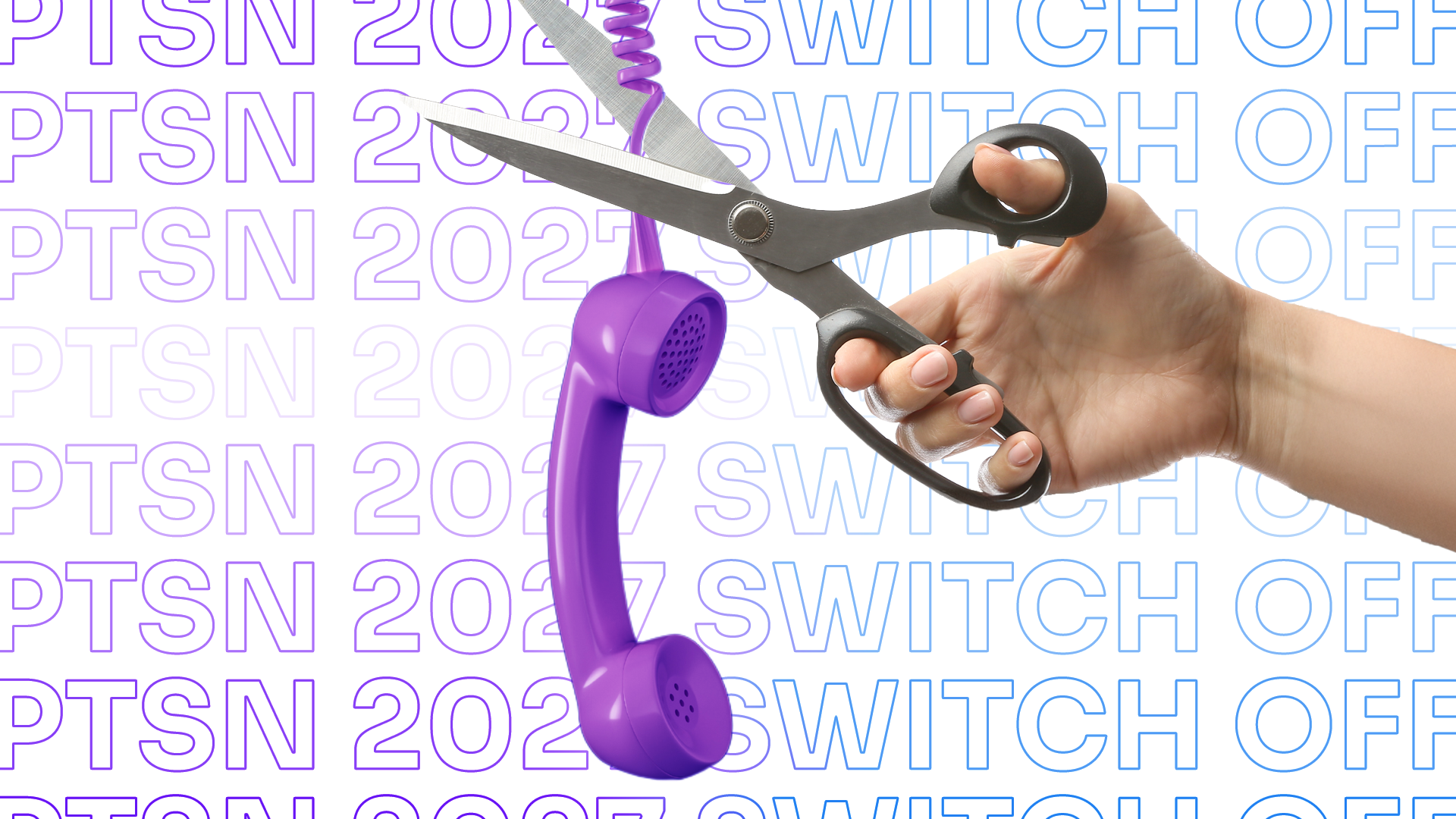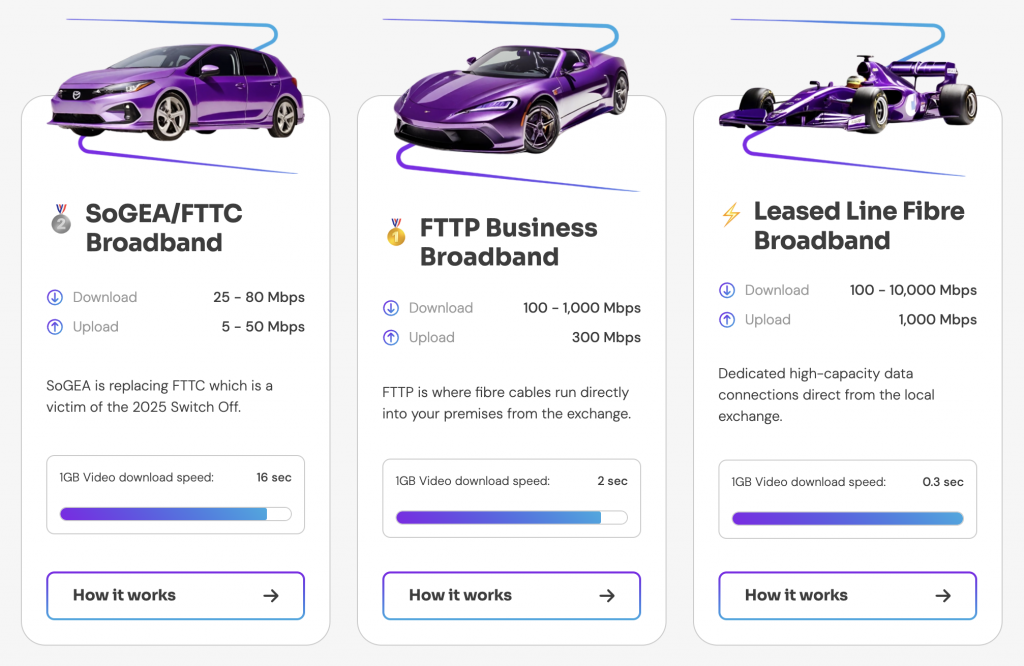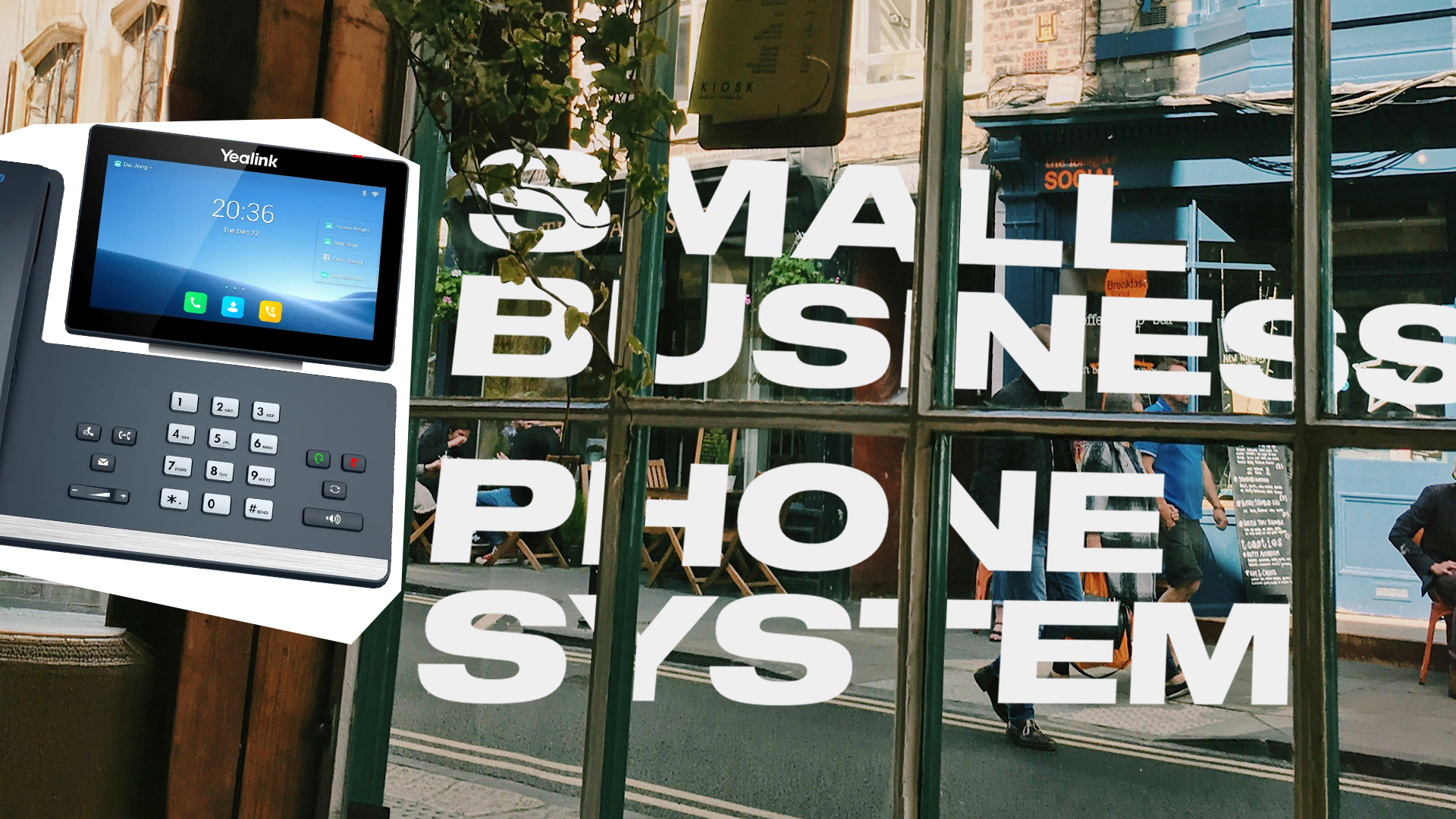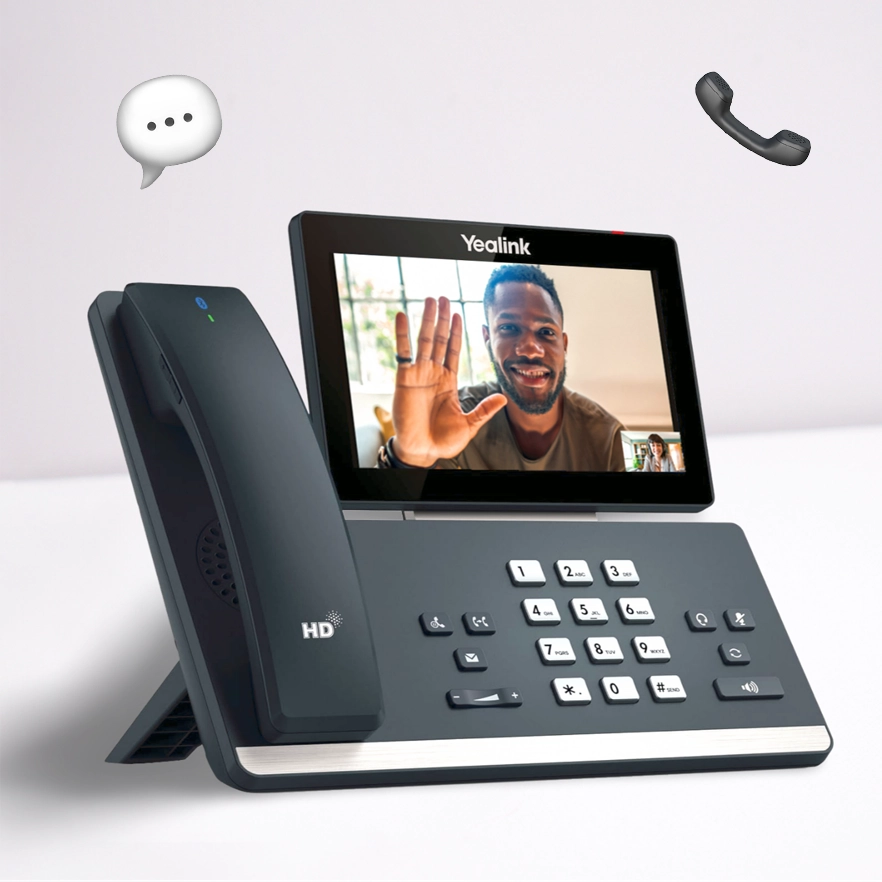The UK’s PSTN (Public Switched Telephone Network) switch-off has been pushed back to 31 January 2027 – but that doesn’t mean you can wait. The old analogue network is still being retired, and providers are encouraging businesses to move well before 2027 to avoid disruption, with BT advising that migrations are completed by the end of December 2025.
Quick recap: what’s switching off?
PSTN and ISDN lines (sold via Wholesale Line Rental/WLR) are being withdrawn nationwide. Calls will move to all-IP services delivered over broadband (think hosted VoIP, SIP, Teams Phone). If you’re still running analogue lines – for phones, faxes, alarms, lifts, payment terminals or telemetry – they’ll need an IP alternative.
Key dates you should know
September 2023 – National “Stop-Sell”: No new WLR analogue lines or like-for-like changes. The focus is on all-IP alternatives.
End of December 2025 – Act by this date: BT recommends businesses complete migrations early to protect services.
31 January 2027 – Final switch-off: Remaining PSTN/WLR is retired.
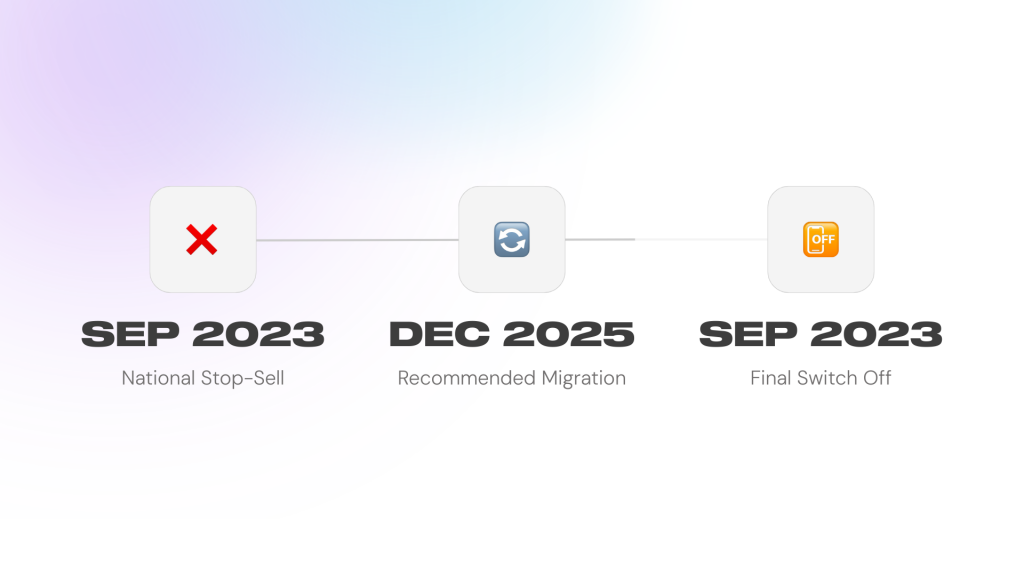
Why the delay - and why you still shouldn’t wait
The extension was largely to better protect vulnerable telecare users and other critical services reliant on analogue signalling. For businesses, this breathing room prevents cliff-edge change – but supply chains, engineer availability and number porting queues will tighten as 2027 nears. Moving early is still the smart play.
What to do now: a 5-step action plan

Audit everything on copper
List every service tied to PSTN/ISDN: main lines, DDIs, faxes, alarms, door entry, lift lines, PDQ terminals, modems and any “mystery” lines. If it plugs into a phone socket, it needs a plan.

Pick the right access (your connectivity foundation)
FTTP (Full Fibre): First choice where available -fast, stable, ideal for VoIP.
SoGEA (Single-Order broadband): If FTTP isn’t live, SoGEA provides broadband without a phone line, perfect for hosting cloud telephony. (You won’t have a traditional dial tone- voice runs over your broadband.)
Leased line: For mission-critical voice/data, guaranteed performance and SLAs.

Move voice to the cloud
Choose a hosted VoIP system (or integrate Microsoft Teams Phone) with features like call menus, hunt groups, call recording and CRM pop-ups. If you still use an on-site PBX, consider SIP trunks as a stepping stone – then plan a full cloud migration.

Build resilience
Prioritise uptime with:
4G/5G failover on the router
Power backup for routers and ONTs
Quality of Service (QoS) to keep voice clear during busy periods

Sort the “non-voice” bits
Alarms/telecare/lifts: Confirm IP-compatible devices or ATA solutions with the manufacturer/maintainer.
Card machines & faxes: Move to IP or digital alternatives (e.g., e-fax).
Numbers & compliance: Plan number porting early; align call recording and retention with your policies.
FAQs (fast answers)
Will my phone number change?
No – numbers can be ported to VoIP or Teams. Start the porting process early to avoid delays.
Can I keep copper broadband?
You can use SoGEA (a broadband service without a phone line), but the voice will be IP. Analogue dial tone is going away.
What if I do nothing?
When PSTN retires in January 2027, services that haven’t migrated risk losing dial tone and related functionality.
How Zappie can help (free readiness audit)
We’ll map every line and device, recommend the best FTTP/SoGEA/Leased Line option, design a cloud phone system that fits your workflow, and handle number porting, installation and staff training—end-to-end. Think of it as PSTN-proofing your business with zero drama.
Get in touch using the form below.

